Selecting ideal evergreen Christmas trees for the home, lawn, office or holiday garden begins with a basic understanding of available options and close consideration of your family or community’s personal preferences.
The National Christmas Tree Association expects that approximately 35 million families will purchase a real-cut Christmas tree this season. It is estimated that 56 million trees are planted each year in anticipation of future Christmas holidays.
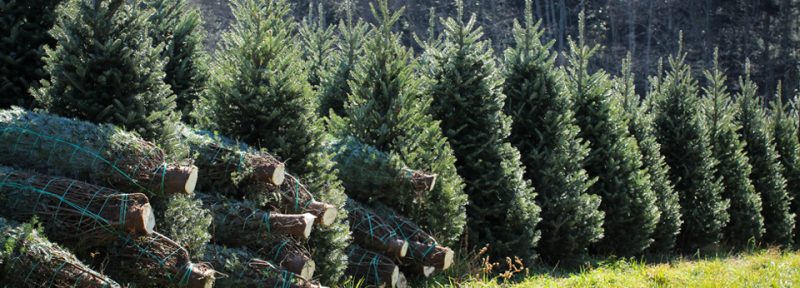
One commonality among evergreen trees in the wild is that they keep their non-artificial foliage year-round. All the while, there are distinguishing differences. From the right size and proper shape–to questions regarding aroma, durability or regional considerations–how does one go about selecting a good Christmas Tree?
Where is it grown? What does it look like? How big does it get? From pines to spruces, fir and others, the following guide takes into account some of the unique characteristics and differentiators associated with several of the more-popular varieties.
Noble Fir
Tall and narrow with a columnar trunk, the Noble Fir, or abies procera, has stood the test of time as one of the most beautiful, keep-able, and decorate-able Christmas Trees native to North America. The Noble Fir–featuring distinctively grooved, ridged and curved needles–grows in a pyramidal shape and produces cones of up to 10 inches in length, with a purplish-brown color upon maturity. The tree’s bluish-green needles are approximately 1-inch long.
With strong ties to the Pacific Northwest and the largest native fir in North America, these trees can grow to reach 100-feet tall with a spread of approximately 30 feet upon maturity. The branches of the Noble Fir, which are superbly green and in good shape to handle heavy ornaments, make for great holiday wreaths or garland, too.
Balsam Fir
The Balsam Fir, a popular choice among those in the market for a pyramidal-shaped Christmas tree with a fair rate of needle-retention, features a dense, spire-shaped crown. Also known as the balm of Gilead or Silver Pine, the tree features shiny, dark-green needles around 0.75- to 1-inch long. The needles of the Balsam Fir–or abies balsamea–are short, flat and rounded at the tip.
Highly conducive to cold-climate conditions such as those found in the northern United States and Canada, the Balsam Fir is widely distributed throughout the Northeastern United States and Upper Midwest. This tree is named for the balsam or resin found in blisters on bark. It grows to a height of up to 75 feet, with up to a 25-foot spread upon maturity.
Douglas Fir
The highly pleasant scent of its 1- to 1.5-inch long needles sets the Douglas Fir apart as a top choice when considering a Christmas tree that is ubiquitous to the Western United States. The conically shaped Douglas Fir, or pseudotsuga menziesii, is blue to dark green in color.
The second-tallest tree following the Redwood in North America, it can grow in nature to over 300 feet and live to be more than 1,000 years old. The needles of the Douglas Fir diverge from the branch in all directions. These trees can be sheared to produce a pyramid-shaped crown.
Fraser Fir
With slightly upwardly turning branches, a full-form, pleasant scent and good needle-retention, the Fraser Fir, or abies fraseri, is pyramid-shaped, blue-green in color, and popular among Christmas tree aficionados. The high-altitude tree, native to the Southern Appalachian Mountains, is also planted at lower elevations for use as a holiday or Christmas decoration.
The Fraser Fir has a maximum height and diameter of about 80 feet and 1.5 feet, respectively, and is known for two-toned leaves with a lower surface that showcases silvery white bands.
White Pine
The White Pine, valued for its lumber in America dating back to colonial times, is the largest pine in the United States. Grown predominately in the mid-Atlantic region, it is claimed by both Michigan and Maine as a state tree.
With little to no fragrance, the White Pine is good at retaining its soft, flexible and bluish-green needles. As a result, it has earned its reputation as another popular choice as a Christmas tree. The tree, with needles ranging from 2.5- to 5-inches long, can grow in the wild to a height of more than 80 feet. Smaller ornaments are recommended for use with the sheared White Pine, or pinus strobus, tree.
Scotch Pine
Known for hardiness and the retention of its needles, the Scotch (Scots) Pine is among the most popular and widely used Christmas trees in the United States. With bright-green needles produced in bundles of two, they can vary in length from about 1 inch to 3 inches, depending on the variety. Stiff branches and dark foliage ensure a favorable space for ornaments or alternative decoration. The Scotch Pine, or pinus sylvestris L., is resistant to drying and, when displayed in water, should last throughout the Christmas season.
Colorado Blue Spruce
The Colorado Blue Spruce, also known simply as the Blue Spruce, is an ornamental conifer with silvery, blue-green hues. Heralded as distinctively beautiful, it boasts a columnar, pyramidal shape–a favorite among Christmas tree hunters. Stiff, prickly and highly aromatic when crushed, the leaves of the Blue Spruce, or picea pungens, are approximately 1 inch to 1.5 inches in length. It is a slow-growing tree that, native to the central and southern Rocky Mountains, can live for more than 600 years.
White Spruce
The White Spruce, or picea glauca, is naturally adorned with pastel green and somewhat curved needles approximately 0.5 inches to 0.75 inches in length. With thick limbs that are ideal for securing heavy ornaments–and producing light-brown cones up to 2.5-inches long–it is used widely as a Christmas tree.
The White Spruce, conducive to the Northeastern United States and Canada, can grow in the wild up to about 60-feet tall, with a 10- to 20-foot spread upon maturity. Cutting your own? The distinct, pyramid shape of the White Spruce tends to be an attractive quality for do-it-yourself holiday tree hunters in search of a regional adventure. Take care not to crush the needles as they omit a foul odor.
Leyland Cypress
The Leyland Cypress, a light-scented evergreen with upright branches, is a good fit for those with allergies, or who are averse to other types of Christmas trees. Medium-sized and fast growing, the tree with a narrow, oblong crown can reach 60 to 70 feet in nature. Dark green to gray in color, the Leyland Cypress, also known as leylandii, is among the most popular holiday trees in the Southeastern United States.
Red Cedar
The Eastern Redcedar, or Redcedar for short, is a diverse evergreen with reddish-brown bark that grows up to 50-feet tall in either a columnar, pyramidal or oval form. Hardy with dense yet attractive foliage, this particular evergreen variety typically never reaches more than 50-feet tall in the wild. The compact branches of younger trees form a pyramid-type crown. This is an example of a rather unique and beautifully scented Christmas tree.
Safety, Care, and Other Considerations
It is wise for those in search of the best outcome as it relates to selecting and decorating the ideal Christmas tree to take into their buying consideration a bit more than, “Honey, do you think it will fit through the door?”
Beyond the safety aspect (e.g. don’t use flammable decorations on a tree with electric lights, position away from heat sources such as heaters or televisions, be careful not to overload electrical outlets, et cetera), it’s as equally important to check in with members of the household–spouses, kids, pets–who may have an adverse or even allergic reaction to certain types of trees.
Always make sure that Christmas tree limbs are sturdy enough to support lights, ornaments or alternative decorations. And remember, fir and pine trees typically do a better job of holding on to their needles, when compared with spruce trees.
Whether you decide on pre-cut tree or go with a choose-and-cut opportunity, moistness and freshness are among the most important considerations when choosing a tree that is expected to last the entire season. It is advisable to buy early in the season before inventories are picked over. If you pull on a tree and green needles come off in the hand, it is advisable to keep looking.
In terms of caring for your fresh-cut tree inside of the home, place it on a solid stand with a receptacle that is able to hold at least a gallon of water. Water levels should be checked daily, refilling as necessary. Not at home? Turn off the lights!
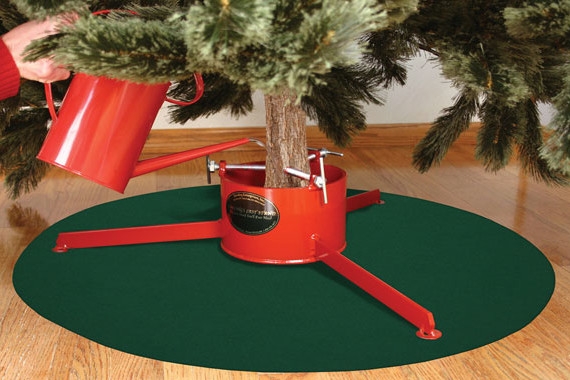
Christmas Tree Mat Rpm Drymate Waterproof Products For Your Home – Christmas Moment
As opposed to artificial decoration, real Evergreen Christmas trees are 100 percent renewable and biodegradable resource that, on average, requires approximately 7 years to be raised to the appropriate size.
You may also consider how to handle the recycling of real-cut trees at the end of the holiday season as they have reportedly been used for everything from building soil erosion barriers to creating a fish habitat.
Above all, enjoy all the activities revolving around your particular brand of cut, live Evergreen tree!


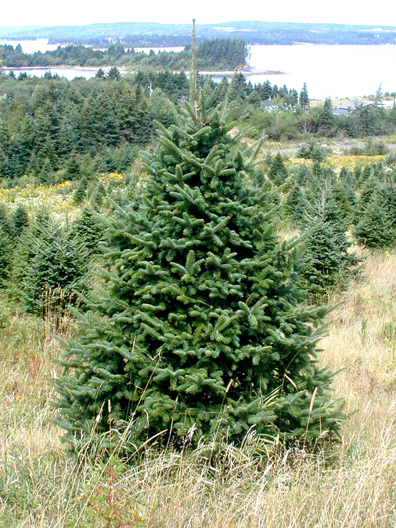


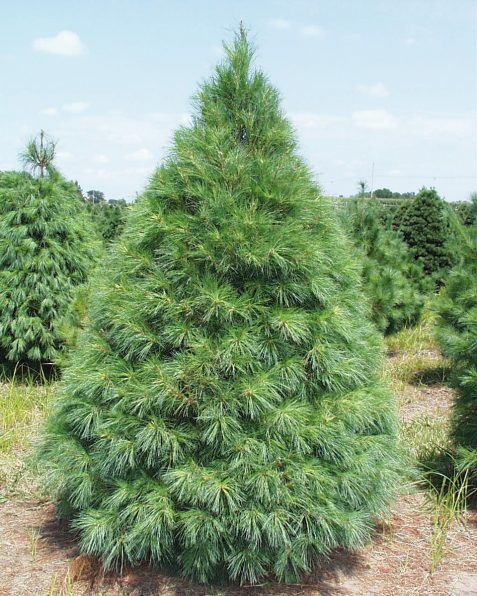
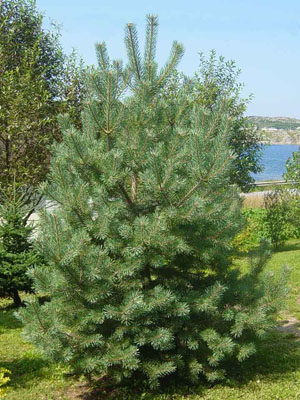
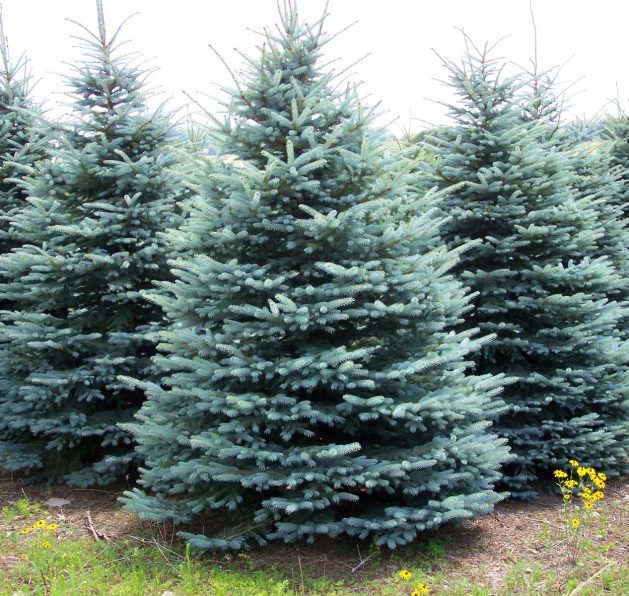


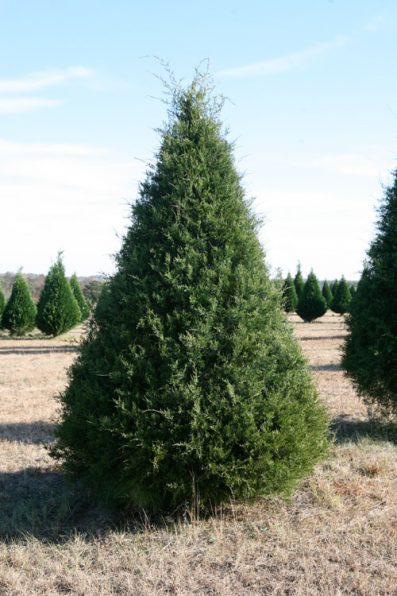
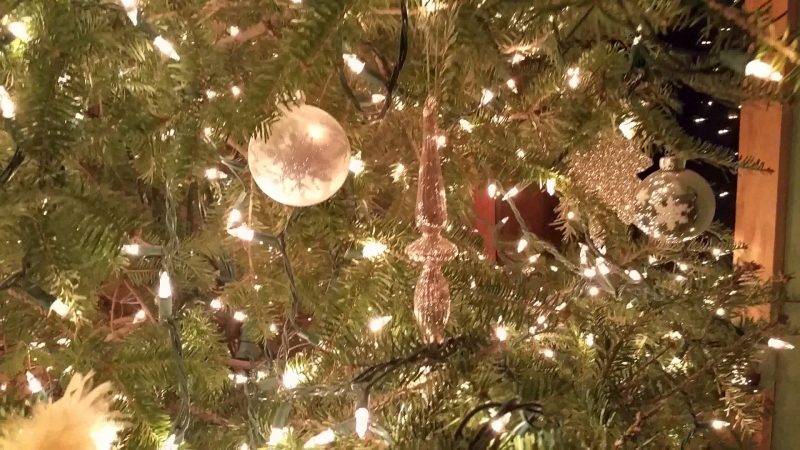
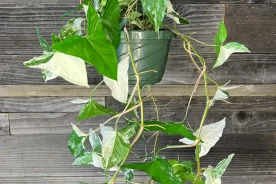
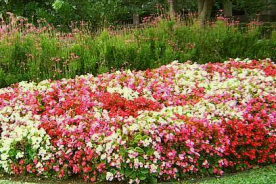
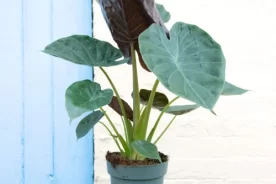

No Comments